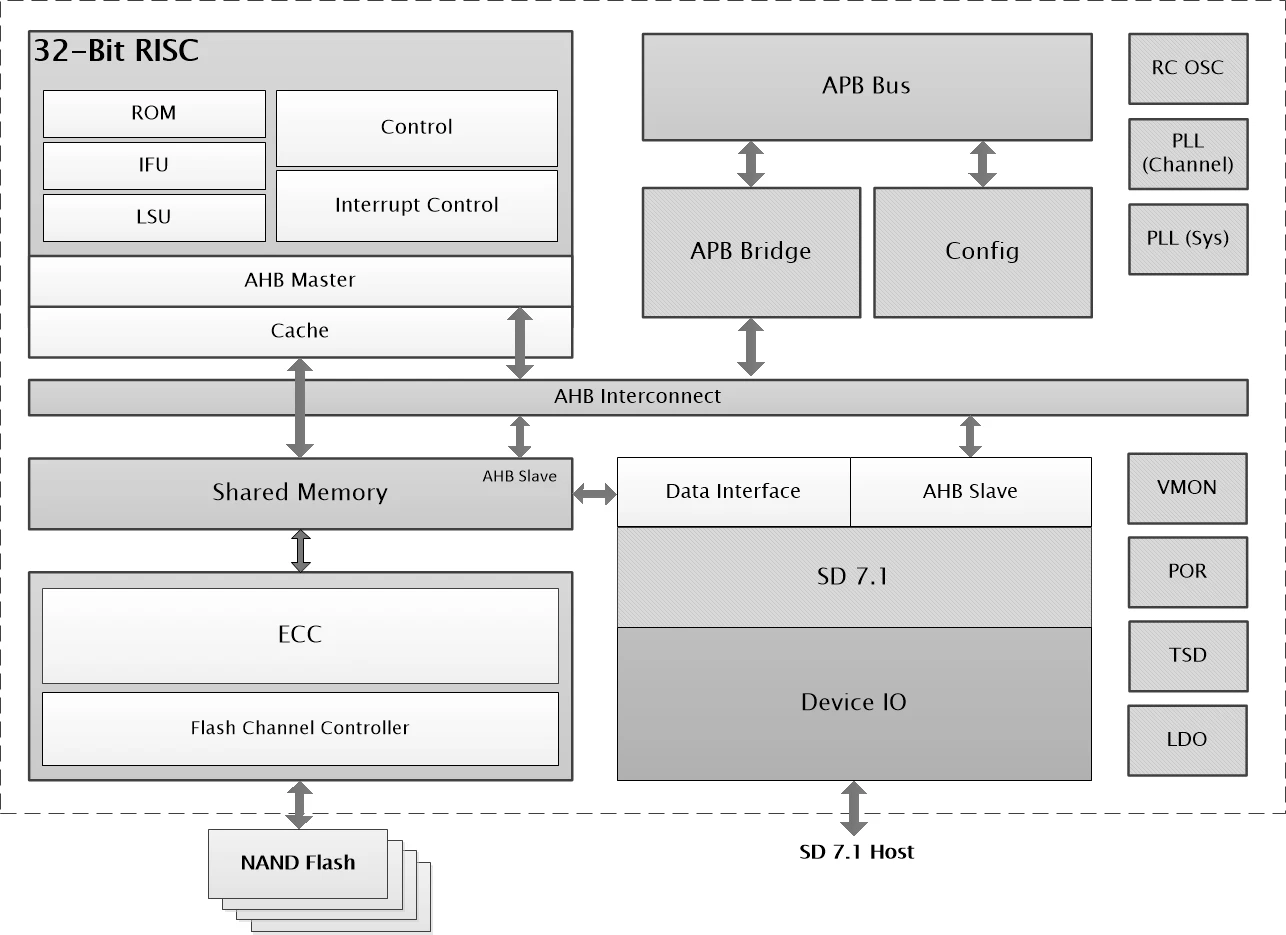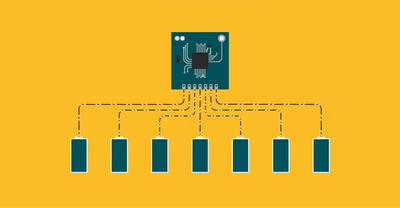Understanding WORM Functionality and Its Role in Data Storage
Understanding WORM Functionality and Its Role in Data Storage
What is WORM functionality?
WORM stands for “Write Once, Ready Many.” It is a data storage technology that allows data to be written to a storage device once and then be read multiple times. Importantly, that data cannot be overwritten, erased, or altered in any way.
What are the advantages of WORM functionality?
Once stored on a WORM-compliant device, data becomes immutable, i.e., only authorized users can read it and nobody can change it. By rendering data immutable, WORM prevents bad actors from erasing or modifying critical data after it’s been stored—and prevents teams from accidentally doing the same.
This makes WORM highly advantageous for industries that are subject to strict data compliance requirements, including finance, healthcare, legal, government, and archiving. WORM ensures sensitive records are stored in a secure, immutable format that is compliant with regulatory requirements. Additionally, WORM functionality proves valuable for the distribution of copyright-protected data, such as PC and console games.
What are the four main WORM implementations?
There are four forms of WORM implementations, which are often used alongside other data storage technologies to ensure data integrity and longevity.
True/Physical WORM: on traditional tape drives that are never-ever erasable
Hardware WORM: on a flash controller through an activated e-Fuse bit
Firmware-Extension WORM: in the firmware on a flash controller
Software WORM: on the host OS
Physical WORM vs Software WORM: How do they differ?
True/physical WORM is the original technology, where WORM is implemented on tape drives.
Data is written to a tape with a specialized photosensitive coating. The tape is then heated by a laser, changing the physical state of the coating and permanently writing the data to the tape. Once “burned” to the tape, the data can never be erased, modified, or overwritten.
Software WORM is most often implemented in large-scale server settings.
Typically, software WORM attaches storage drives to a host system, using access rights to implement WORM functionality. The system administrator can then control what is written on the storage (though all administrator activity must be logged to ensure proof and non-repudiation).
What are the Pros and Cons of Physical and Software WORM
Today, true/physical WORM is no longer suitable for all use cases (e.g., holding personal data), as it may not conform with GDPR. (Hardware WORM and software- and firmware-extension WORM implementations can circumvent this issue.)
Software WORM, however, presents its own challenges. Because it allows each software vendor to vary their implementation, this approach is the most diverse in terms of quality and reliability.
In many cases, a firmware-based WORM approach is a strong candidate. Compared to software WORM on the OS, a firmware-based approach is resistant to malware. Firmware WORM can also be used as removable media, which is not a possibility when WORM functionality is provided by the host.
How can the NAND Flash Controller enable WORM functionality?
There are two ways the NAND flash controller can enable WORM functionality:
In the hardware via an activated e-Fuse, which is a type of non-volatile memory with OTP (One-Time Programmable) capacity.
Through firmware extensions, where the controller’s firmware includes a write-protection flag.
One method of implementing write protection is to use a firmware-based approach. In this case, the flash controller firmware can implement a write-protection flag that is set when data is written to the memory. Once the write-protection flag is set, any attempts to modify or erase the data will be blocked by the controller. The benefits of a firmware-based approach in comparison to a software WORM on the OS is that it is resistant against malware on the host OS. Furthermore, it could be used as removeable media, which is not possible if the WORM functionality is given by the host.
Optimizing WORM with Hyperstone flash controllers: Why your choice of flash controller is so important.
As data threats continue to grow, WORM data storage is an increasingly attractive technology for industrial applications that demand robust data security and integrity. Considering the drawbacks of both true/physical WORM and software WORM, achieving optimal WORM functionality today is often with a firmware-based approach enabled by the flash controller.
Hyperstone’s flash controllers are designed with security customization and use case optimization in mind. Its API empowers engineers to develop individual, undisclosed firmware and enable WORM and other secure functionality in their drives. This allows teams to not only benefit from Hyperstone’s high-end flash management but also optimize their drive securely and independently from third parties to ensure reliable, immutable storage of critical data across applications.
The Hyperstone S9 family of flash memory controller together with provided firmware offers an easy-to-use turnkey solution for industrial, high endurance, robust flash memory cards or embedded storage solutions compatible to SD host systems up to the SD 7.1 interface standard.
Designed to satisfy industrial requirements
32-Bit core microprocessor with optimized instruction set and additional hardware accelerators for flash memory handling
hyMap® customizable sub-page-based Flash Translation Layer (FTL) enables second to random write performance, minimal write amplification and consequently the highest endurance without external DRAM
FlashXE® eXtended Endurance read-channel tuned and optimized for each Flash, advanced ECC algorithms and soft-decoding capability, read-retry, RAID and data recovery features to ensure the lowest possible read error rates
Continuously updated flash memory support
hyReliability™ flash management including superior wear leveling, read disturb management, dynamic data refresh, and power fail management ensuring the highest reliability and endurance
Advanced protection against radiation and soft-errors including, SRAM ECC and low-alpha package
Turnkey solution including firmware, manufacturing kit, test and development hardware, reference schematics, as well as health monitoring tools
Compliant to the SD Physical Layer Specifications versions 3.01 to 7.1
CPRM can be supported
Supports DS, HS, SDR12, SDR25, SDR50, SDR104 and DDR50 transfer modes
Host transfer rate of up to 104 MByte/s in SDR104 mode
Hardware support for the C2 encryption and decryption routines (CPRM)
On-chip voltage regulator for 1.8V flash memory I/O power supply
hyReliability™ flash management: superior wear leveling, read disturb management and power fail management to ensure the highest reliability and endurance
hyMap® customizable sub-page-based Flash Translation Layer (FTL) enables second to none random write performance, minimal write amplification, and consequently the highest endurance for usage profiles with emphasis on random access (e.g. JEDEC Enterprise workload)
Flexible pre-format settings for SLC caching, over-provisioning, RAID protection and performance tuning including optimization for fast boot-up times
Advanced thermal management features to maximize performance and data protection at extended temperatures
Static, dynamic, and global wear leveling
Bad block management, intelligent garbage collection and support for interleaving, cache, and multi-plane programming
Read disturb management and dynamic data refresh
Best-in-class power fail management
Firmware is stored redundantly for recovery and refresh and in-field firmware update without user data loss
High performance microprocessor core based on the Hyperstone architecture
Flexible clock frequency generation through internal oscillator and PLL
On-die temperature sensor
Automatic power-down mode during wait periods for host data or flash memory operation completion, automatic sleep mode during host inactivity periods
Supply voltage power-down detection for full power-down robustness
On-chip voltage regulator for 1.1V processor core power supply
Supports legacy asynchronous, Toggle mode and ONFI NAND
Supports ONFI SDR, NV-DDR, NV-DDR2 and NV-DDR3 transfer modes
Data transfer rate to flash memories up to 400 MByte/s
Page buffers in flexible internal memory enable optimum flash channel performance
Supports all control signals for the flash memory connection
Supports up to 4 flash memory chip selects
Supports up to 16 Kbyte flash page size
Firmware support for continuously updated for all available technologies including SLC, pSLC, MLC, pMLC, and 3D TLC as well as next generation NAND flashes
FlashXE® eXtended Endurance read channel optimized for each flash, advanced ECC algorithms with soft information decoding, read retry, RAID and data recovery features to ensure the lowest possible read error rates and maximum endurance
Flash memory power down logic and flash memory write protect control
Firmware storage in flash memory, loaded into internal memory by the boot ROM
On-chip voltage regulator for 1.2V/1.8V flash memory I/O power supply

Like this project
Posted Jan 11, 2024
Ghostwrote a technical blog post on flash memory controllers for data storage for Hyperstone, a Swissbit company.





